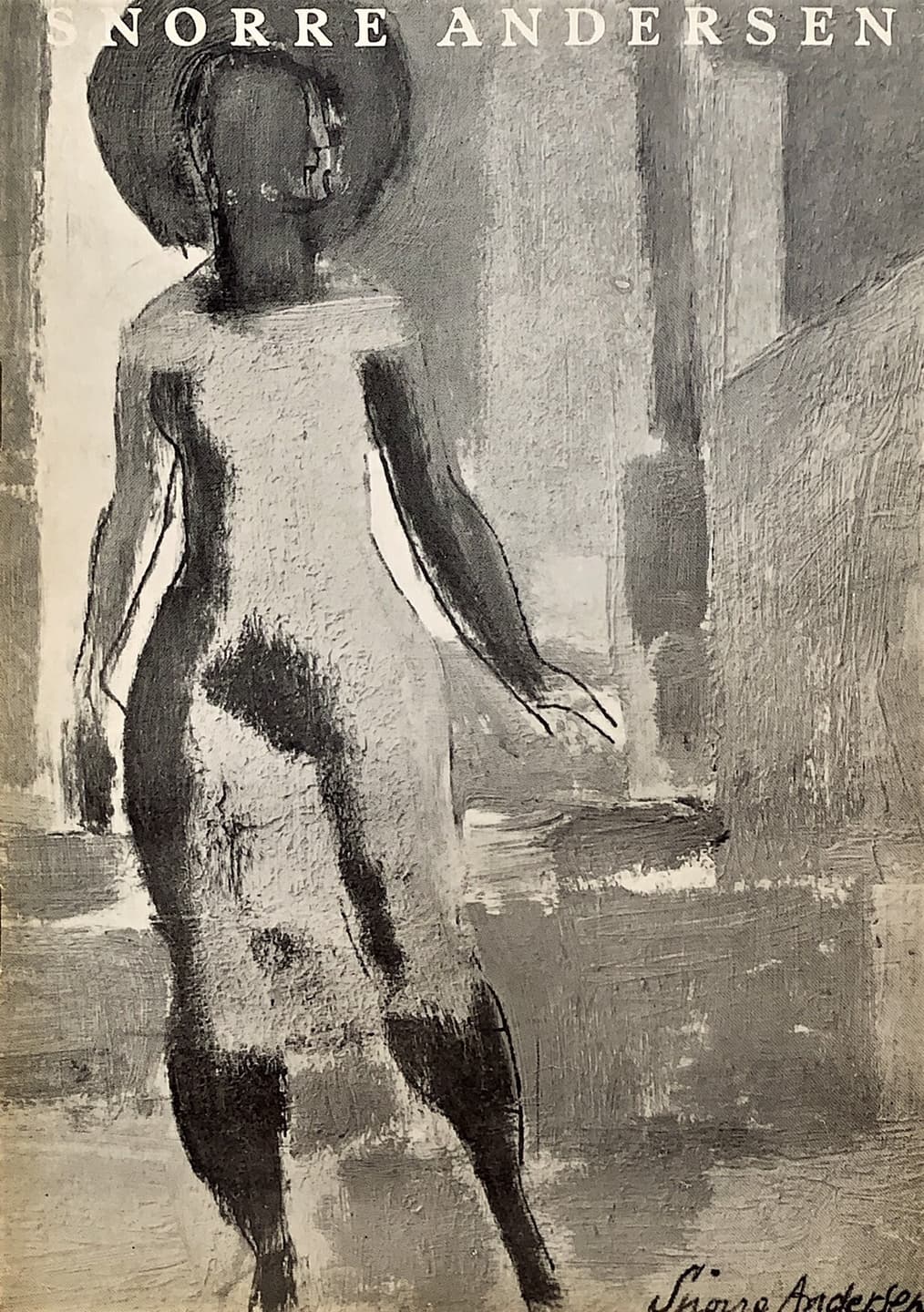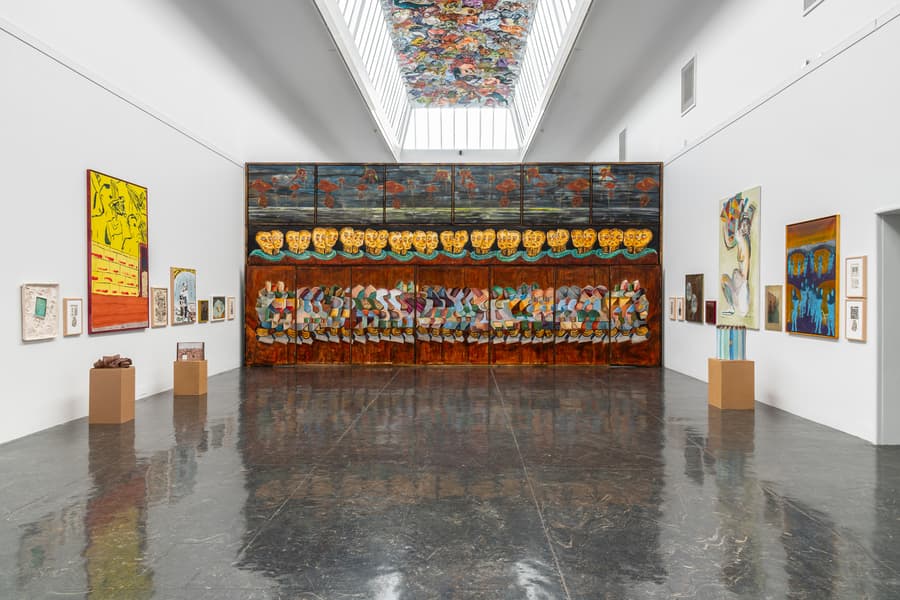Snorre Andersen

Paintings
About the artist
Andersen began his career as an artist relatively late. Originally trained as a typographer, he garnered attention at the Autumn Exhibition in 1947 with his significant composition "Daughters of the Earth" – a portrayal of five highly stylized, nude female figures in an open landscape. Painted in delicate, light tones, this artwork created a subtle atmosphere.
In the subsequent years, he continued this style, creating rhythmically stylized landscapes, urban scenes, and figurative compositions. His characteristic slender figures were elegantly depicted in harmonious, muted colors, often exuding a mildly lyrical mood. Following a substantial travel grant awarded to his spouse, the couple spent an entire year in the USA during 1952–53. This journey marked a transition period, during which motifs such as skyscrapers, harbors, cranes, and other urban elements took precedence. Compositions were characterized by tight horizontal and vertical lines, along with a balanced interplay of simple surfaces.
Around 1960, his art began to prominently feature pure natural motifs. With a painterly and freely abstract style, he focused on the intricate patterns within treetops and the swaying kelp forests in the sea. Carefully coordinated colors were employed to create a subtle portrayal of these natural beauties. He also rekindled his exploration of watercolor painting, achieving his finest results in this medium during later years.
In his studies of forests and snowy landscapes, he crafted poetic depictions of his domestic scenery. Examples of this include works like "The Bright Autumn" (1971), "The Narrow Birches" (1972), and "Damp Snow" (1975), all on display at the National Gallery in Oslo. His oil paintings, on the other hand, remained abstract interpretations of natural motifs, captured through a broad and artistically painterly style.


